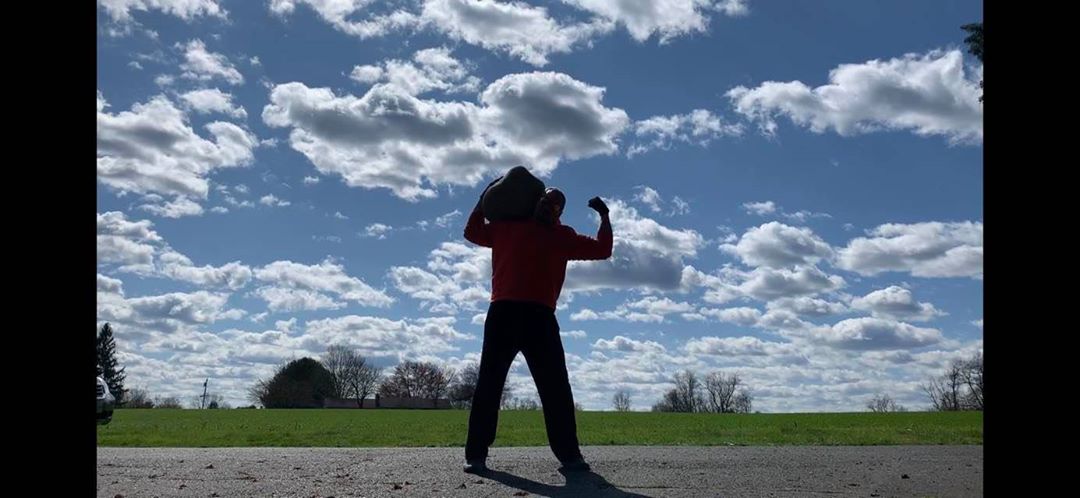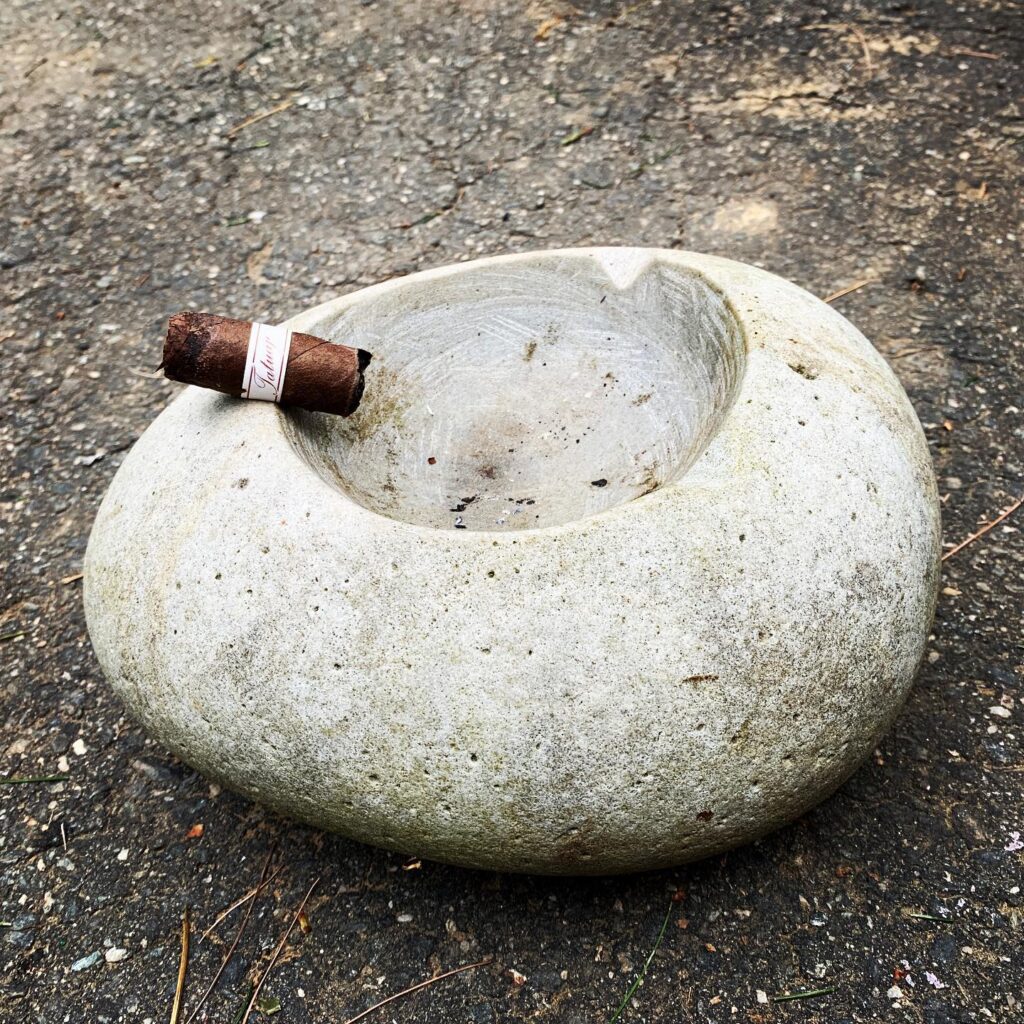
By now you’ve started to get bored. About 1 month in and most all of your household projects have been completed, you’ve Netflix’d and chilled, and you’ve established a quarantine routine.
There’s still hours in the day where you’re wasting time scrolling FB or playing video games. You feel like you should be doing something more productive with your time.
You know you could be doing something more fun.
In part 1 & 2 of this series we discussed why you should start a quarantine routine immediately and with no expectations, and how it should be a daily practice.
In this article I’d like to push forward the idea of odd-object training.
Strongman Origins
I was only a few years into strength training when I got into strongman. It started with the book Dinosaur Training, which I got for Christmas in 2001. The author, Brooks Kubik, introduced to me the concept of odd object training and more importantly, why you would want to do it.
At the time, I was reading bodybuilding magazines and working out at a commercial gym. The kind of gym where people spend more time looking at themselves in the mirror than actually training.
Dinosaur Training shed light onto how unproductive those bodybuilding routines were and how 20 sets of arm curls was unnecessary. It also made me realize that if I wanted to get truly strong it wasn’t going to happen on a chrome exercise machine in a gym full of neon lights.
All of that stuff didn’t exist when the “dinosaurs” were around. These were the old timers who were known for their hard work and unbelievable feats of strength. They were rugged men who were extremely powerful – and they owned work boots and not workout gloves.
The dinosaurs trained heavy, full body lifts. If they had access to a barbell, great! If not, a truck axle would do just fine. Or perhaps a barrel, or a sandbag.
What is productive vs what is mainstream
You didn’t see this in the mainstream because there was no money in it. There was nothing sexy about it, there was no need for equipment manufacturers, and there was no market for supplements. So all of this stuff was overlooked by the public eye.
But as you read through the history of the Iron Game, you find old time strongmen like Herman Goerner, George Hackenschmidt, Arthur Saxon and Louis Cyr; and this is how many of them built their foundation! With odd objects that could be found in most basements, garages or farmhouses, the men of old embarked on the journey of strength through manual labor. It wasn’t until they became professional strongmen did they start using actual weight training equipment.
Reverse Engineering
While there has been much innovation in the field of fitness, we need to get back to the roots of it. Science, technology, engineering and math has moved all industries forward, including the fitness industry.
But now that our gyms have been closed down and we no longer have access to such convenient training, we need to get creative for our quarantine routine. Maybe we just need to get down and dirty!
Stone Lifting

Stone lifting has a rich history in cultures much older than ours. There are famous “manhood” stones all over Europe (especially in Scotland) that was a rite of passage for boys turning into men.
The benefits of stone lifting are far more practical than antiquated ideals of what it means to be a man. Lifting stones will build your entire being like none other. Not only will the full length of the erectors get worked, but the lats, traps and all of the smaller muscles that surround the scapula will be taken to task. The legs will serve as the foundation for the piece of the mountain that you’re lifting; as your chest, shoulders and arms hug the stone into your body. The abs will be forced to brace tightly and breathing will be labored as the hard piece of earth tries to crush you.
In short, everything gets worked when you lift stones. There is no more-complete exercise on the planet!
And everyone has access to stones!
My Stones
I have two stones on my property that have traveled many miles with me. The first is the St. Michael stone. It’s a (approx) 150lb river rock that may, or may not have been, part of a landscaping project at a hotel in St. Michael, Maryland. My wife and I were there with our friends, Dawn and Jose, for a Mary Kay conference back in the mid-2000’s. This perfectly smooth stone called to me from its resting spot in a parking lot, so I loaded it into the trunk of my Nissan and took it home with us.
The second stone is the St. Thomas stone. Another river rock, almost perfectly shaped like and egg, weighing 22lbs. I found this on the side of the road in St. Thomas Virgin Islands. We were on a Caribbean cruise, I had been drinking, and I thought it would be a good idea to put this stone in my bag and carry it back onto the ship, and onto the airplane. Some funny looks from TSA and baggage handlers, but my buddies who I competed with in the Highland Games appreciated it as a Braemar stone. My brother in-law Matt eventually carved this stone into an ash tray.

Back to Basics
The point I’m making here is that we don’t need gym equipment to get freakishly strong. Everyone has heavy objects available to them right outside. Stone lifting is the most primitive, most basic, most dinosaur-like training there is; and it can serve you very well!
You just need to pick it up.
Then carry it home.
Your first workout is complete.
No seriously – carrying a stone for time or distance is a tremendous workout! Gathering stones for your backyard gym could give you unlimited hours of training.
So what if you have to go a mile into the woods to find a good stone? Move it little by little. It’s not like anybody is going to take it or put it back!
Or you could also just leave it where it is and go there to lift it.
The main lifts to perform would be lifting to chest height, shouldering, pressing overhead, and as previously mentioned, carrying.
A good stone for lifting would weigh between 50-100% of your bodyweight (depends on what you want to do with it). It should be relatively smooth with no jagged edges and fairly balanced / compact.
